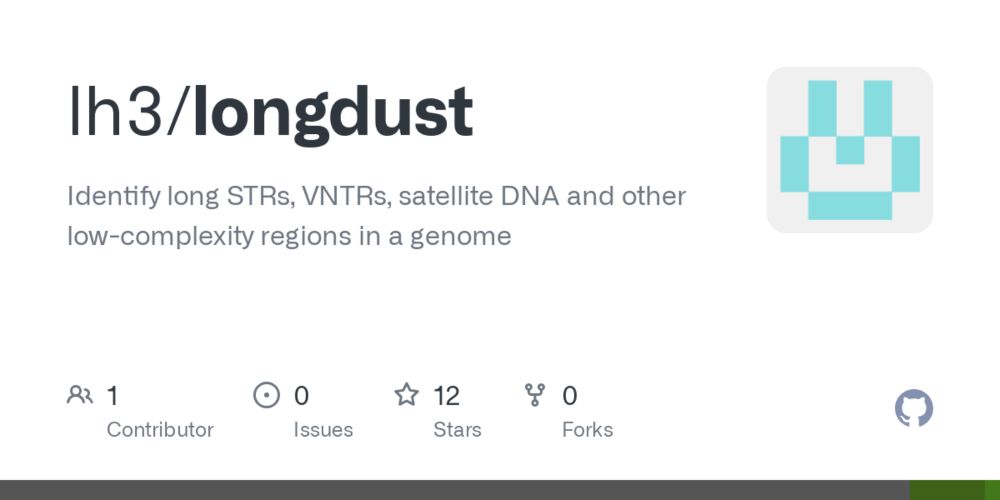Posts
Media
Videos
Starter Packs
Heng Li
@lh3lh3.bsky.social
· 23d
Reposted by Heng Li
Heng Li
@lh3lh3.bsky.social
· 29d

Phishing site : minimap2.com · Issue #1316 · lh3/minimap2
Not sure how to label this one, but I have come across a website minimap2.com which appears to be AI generated but is serving it's own copy of the Github repository. If you search the address or em...
github.com
Reposted by Heng Li
Reposted by Heng Li
Heng Li
@lh3lh3.bsky.social
· Sep 4
Heng Li
@lh3lh3.bsky.social
· Sep 4
Reposted by Heng Li
Heng Li
@lh3lh3.bsky.social
· Aug 7
Heng Li
@lh3lh3.bsky.social
· Aug 7
Heng Li
@lh3lh3.bsky.social
· Aug 7
Heng Li
@lh3lh3.bsky.social
· Aug 6
Heng Li
@lh3lh3.bsky.social
· Jul 31
NOT-OD-20-108: Request for Information: Use of Cloud Resources and New File Formats for Sequence Read Archive Data
NIH Funding Opportunities and Notices in the NIH Guide for Grants and Contracts: Request for Information: Use of Cloud Resources and New File Formats for Sequence Read Archive Data NOT-OD-20-108. NIH
grants.nih.gov
Heng Li
@lh3lh3.bsky.social
· Jun 29
Heng Li
@lh3lh3.bsky.social
· Jun 29
Heng Li
@lh3lh3.bsky.social
· Jun 26
Heng Li
@lh3lh3.bsky.social
· Jun 26





